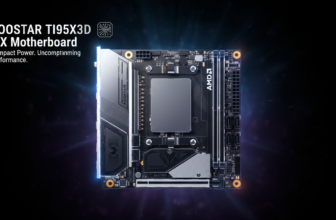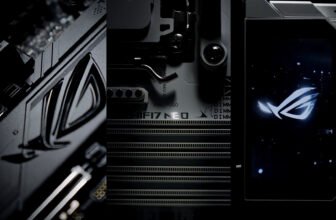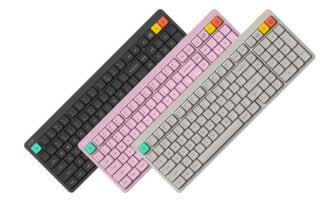Based on the test findings, the Radeon RX 7600 XT graphics card demonstrates superior overall performance compared to the Intel Arc 770 and GeForce RTX 3060. However, when tested in gaming scenarios at 1080P resolution with the highest graphics settings, including the highest possible ray tracing settings, its speed falls short of matching the Radeon RX 6700 XT and GeForce RTX 4060. Despite outpacing some competitors, the Radeon RX 7600 XT appears to face limitations in specific gaming conditions, particularly at the specified resolution and graphical configurations.
-

-
(Image credit: Tom’s Hardware)
-

-
(Image credit: Tom’s Hardware)
In non-ray-traced gaming scenarios, AMD’s latest release surpasses the performance of the GeForce RTX 4060 but falls short when compared to the Radeon RX 6700 XT. However, in the specific realm of ray tracing tests, the Radeon RX 7600 XT demonstrates inferior performance, trailing behind both the GeForce RTX 3060 and Intel Arc 770. This nuanced evaluation highlights the varied strengths and weaknesses of AMD’s offering in different gaming contexts, with a notable disparity in ray tracing capabilities compared to its competitors.

(Image credit: Tom’s Hardware)
The Radeon RX 7600 XT excels in gaming performance, thanks to its impressive 16GB of video memory. This robust memory capacity enables the graphics card to handle games seamlessly at a 1440p resolution, delivering an immersive gaming experience even at the highest graphics settings. The ample video memory proves to be a key asset in ensuring smooth and visually stunning gameplay, showcasing the Radeon RX 7600 XT as a powerful contender for enthusiasts seeking top-tier gaming performance.
-

-
(Image credit: Tom’s Hardware)
-

-
(Image credit: Tom’s Hardware)
The Radeon RX 7600 XT exhibits higher power consumption than its counterpart, the Radeon RX 7600, yet it achieves a quieter operation and slightly elevated temperatures, likely attributed to its non-standard heatsink design. Notably, the Sapphire Radeon RX 7600 XT Pulse records an average in-game GPU temperature of 66.9°C, a notable improvement compared to the reference RX 7600, which surpassed 73°C. Furthermore, the noise level under load is impressively low at just 38 decibels, enhancing the overall user experience in terms of both temperature management and acoustics.

(Image credit: ComputerBase)
According to ComputerBase test results, the Radeon RX 7600 XT showcased a noteworthy 9% improvement over its counterpart, the Radeon RX 7600. The significance of this enhancement becomes particularly striking as both graphics cards share the same GPU, with only a marginal 2-3% increase in frequency. Remarkably, the primary factor contributing to this performance boost is the augmentation of video memory, indicating that the Radeon RX 7600 XT leverages a strategic enhancement in this aspect to achieve its impressive overall performance gain.
Conclusion
In conclusion, the review of the AMD Radeon RX 7600 XT reveals a graphics card that stands out in the market, primarily due to its substantial upgrade to 16GB of video memory. The shared 6nm Navi 33 GPU and RDNA 3 architecture with the Radeon RX 7600 provide a common foundation! but the XT model distinguishes itself with higher clock frequencies, resulting in enhanced gaming performance. Despite facing limitations in specific gaming conditions, particularly at 1080P resolution and with demanding graphical configurations, the Radeon RX 7600 XT excels in non-ray-traced scenarios and proves to be a formidable competitor at 1440p resolution, delivering a top-tier gaming experience.
The strategic emphasis on video memory augmentation plays a pivotal role in achieving a remarkable 9% performance improvement over its counterpart, showcasing the importance of this upgrade in the overall performance of the graphics card. Additionally, the Radeon RX 7600 XT impresses with its efficient temperature management and low noise levels! further enhancing the user experience. Overall, AMD’s Radeon RX 7600 XT establishes itself as a powerful contender in the graphics card market! catering to enthusiasts seeking a balance between impressive gaming performance and thoughtful design considerations.
Source: Computerbase and Tom’shardware














